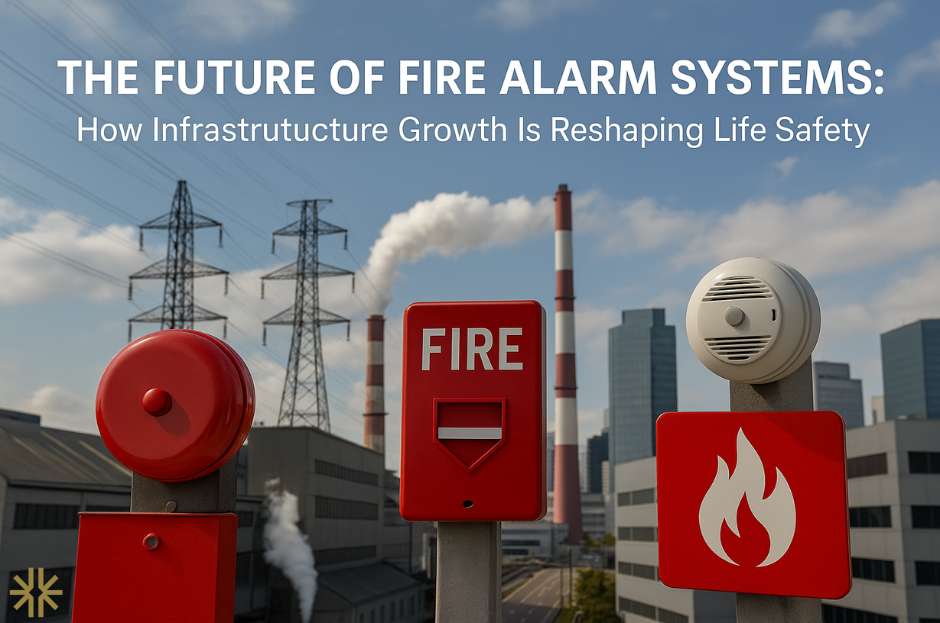
The Fire Alarm Industry’s Next Phase: Infrastructure Growth and System Evolution
A Market Fueled by Mission-Critical Needs
The fire and life safety industry continues to demonstrate remarkable stability, even in an uncertain economic climate. What’s driving this resilience isn’t just code compliance, it’s the massive scale of infrastructure investment across the energy, manufacturing, and data center sectors.
These environments are high-stakes, high-value, and highly connected. System downtime can mean millions in losses or critical service interruptions. As a result, organizations are adopting advanced detection, redundant communication pathways, and predictive monitoring capabilities that go well beyond minimum code requirements.
Fire alarm systems are no longer static installations; they’re living components of an organization’s resilience strategy.
Evolving Beyond Code
Historically, fire systems have lagged behind other building technologies in modernization. But as AI-driven operations, modular construction, and hybrid infrastructure reshape the built environment, fire protection is evolving in parallel.
The most forward-thinking projects now leverage integrated analytics and remote service models, creating visibility across multiple sites and enabling faster, data-informed decisions. This transformation is changing how organizations think about safety, from a reactive necessity to a proactive business advantage.
What’s Ahead
The forecast remains strong. According to Grand View Research, the North American fire protection market is expected to grow from $30.3 billion in 2024 to $37.4 billion by 2030, fueled by infrastructure modernization and code enforcement.
The takeaway for facility leaders and integrators is clear: success in 2025 and beyond will depend on system adaptability, the ability to evolve fire alarm solutions alongside building technology itself.



